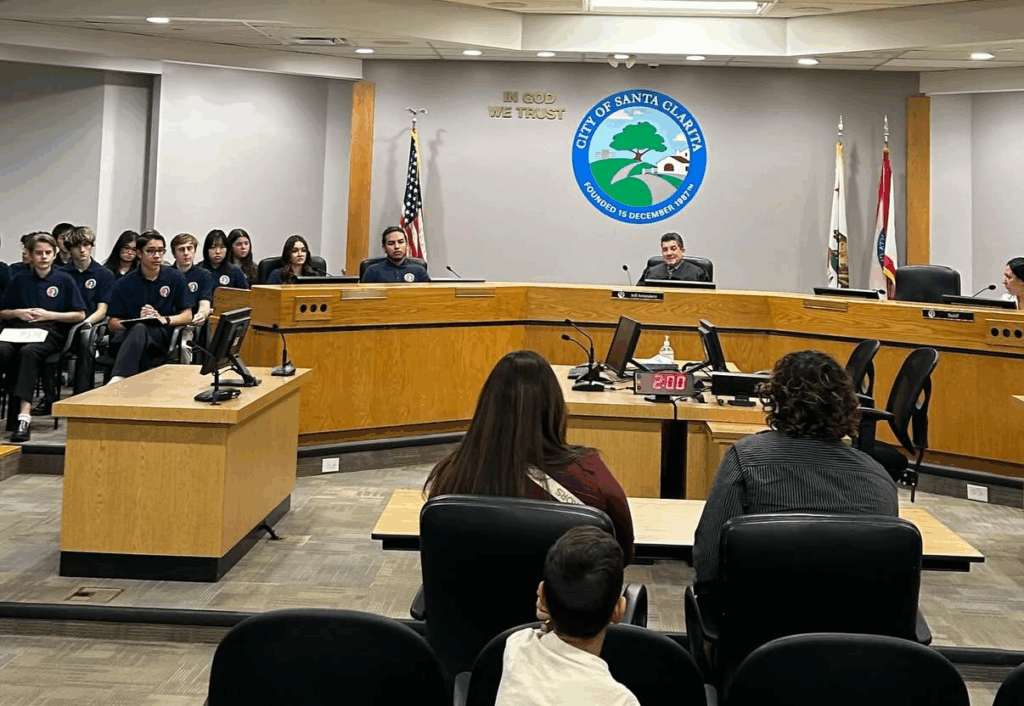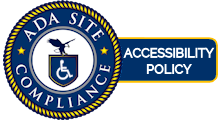
Community and Teen Court Diversion Programs
Community Court oversees juvenile traffic and criminal violation cases. Cases that are referred have been identified as eligible by the Los Angeles County Sheriff’s Department.
Traffic Court: Eligible violations include speeding, driving without a license, using a cell phone while driving, and other violations related to vehicle use.
Teen Court: Eligible violations include;
- Low-grade misdemeanor juvenile cases including curfew violations, vandalism, possession of alcohol, tobacco/tobacco paraphernalia, minor drugs offenses, trespassing, and shoplifting/petty theft.
- Severe misdemeanor juvenile cases and some minor felony criminal juvenile cases including burglary, brandishing a weapon, possession of fireworks, possession of marijuana on school grounds, public intoxication, grand theft, possession of deadly weapon, battery on school grounds, being under the influence of controlled substance, and major vandalism.
How are Traffic Court and Teen Court different?
Traffic Court
Traffic citation cases are seen and sentenced by a judge during a diversion court hearing.
Teen Court
Misdemeanor and low-level felony cases are seen in a diversion court hearing. Participants are sentenced by teen jurors made up of a panel of their peers from local high schools; however, the judge monitors the proceedings to ensure a reasonable and practical sentence.
Restitution
When a violation results in a request for restitution, the restitution amount is determined by the Los Angeles County Sheriff’s Department prior to the case being referred to Teen Court. If payment was not resolved prior to the participants court date, the judge will require that restitution be paid prior to the end of the contract term. Payments should be delivered to the Court bailiff or Sheriff’s Department personnel.
How does the program help youth?
Both the diversion programs hold the juvenile offender accountable for their actions and include an educational component which helps youth understand the impact of their choices and develop life skills. Youth are provided a “second chance” to head in a new direction with no juvenile conviction on their record if they successfully complete the program.
Both diversion programs are called “Courts” but are not official juvenile justice courts. (L.A. County’s official juvenile court is at Sylmar Juvenile Courthouse.) The City’s “courts” are youth diversion programs which operate using a court-like approach to provide a high level of accountability, structure and professionalism for all youth participants, their families, judges and staff. Judges are local volunteers with law degrees, years of civil justice experience and a heart for giving back to the community. The “bailiff” is a local Sheriff’s Deputy who is committed to helping youth. Court staff are City of Santa Clarita employees who are committed to providing opportunities for youth to grow, learn and lead productive lives.
How does the community benefit?
The community benefits by a reduction in recidivism (youth who go through the program are less likely to re-offend or drive recklessly), enhancement of public safety, and development of good citizens. The community is also enhanced by the beautification projects the youth complete as part of their community service such as graffiti and trash removal from local washes, bridges and pathways.
Community Court Diversion Program Wins Prestigious Helen Putnam Award! Read More Here
For more information about the court program, use the tabs on the left or call (661) 250-3728.



